China deployed a satellite on Sunday morning to carry out technological tests for space debris management, according to China Aerospace Science and Technology Corp, the country's major space contractor.
The State-owned conglomerate said in a brief news release that the Shijian 21 was lifted into space on a Long March 3B carrier rocket at 9:27 am from the Xichang Satellite Launch Center in southwestern China's Sichuan province, and later entered its preset orbit. The launch marked the 393rd flight of a Long March class rocket.
Developed by the company's Shanghai Academy of Spaceflight Technology, the spacecraft is tasked with demonstrating its ability to alleviate and neutralize space debris, the company said, without giving more details about the mission.
Space debris consists of defunct artificial objects, including everything from spent rocket stages and old satellites to fragments resulting from disintegration, erosion and collisions. Some of that debris may collide with operational spacecraft or cause hazards to manned spaceflights.
A 1-centimeter object moving at 17,000 kilometers per hour would deliver as much energy as a hand grenade, and could destroy a spacecraft.
There are more than 100 million pieces of debris smaller than 1 cm in space, altogether weighing thousands of metric tons, the administration said.
China started a space debris action plan in 2000 and has allocated considerable resources to research the detection, prevention and mitigation of space debris.
The China National Space Administration established its Space Debris Monitoring and Application Center in June 2015. It is responsible for tracking waste, analyzing hazards, developing prevention and disposal plans, creating a debris database and communicating with other nations and international organizations.
According to Tang Jingshi, a researcher at Nanjing University's School of Astronomy and Space Science in Jiangsu province, about 34,000 pieces of space debris are larger than 10 cm, and nearly 900,000 are sized between 1 cm and 10 cm. As many as 120 million pieces smaller than 1 cm are orbiting the Earth, he said, noting that even a millimeter-sized piece is powerful enough to disable a satellite.
About half of the debris was created by disintegrated spacecraft, said Liu Jing, a senior researcher at the National Astronomical Observatories and deputy director of the Space Debris Monitoring and Application Center. She added that abandoned mission payloads and used rocket parts are also major sources.
Wang Yanan, editor-in-chief of Aerospace Knowledge magazine, said space powers have paid particular attention to preventing and minimizing the creation and hazard of space debris.
"They monitor orbiting trash, calculate trajectories, forecast possible collisions and issue early warnings. Many measures have also been taken to strengthen the ability of spacecraft to avoid or withstand impacts," he said. "However, the amount of debris continues to rise along with space activities. So it is necessary and important to devise new, more effective methods."












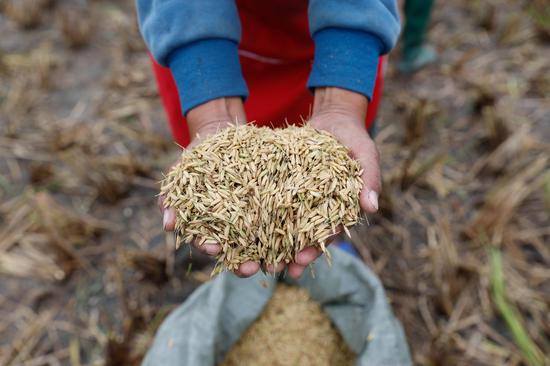



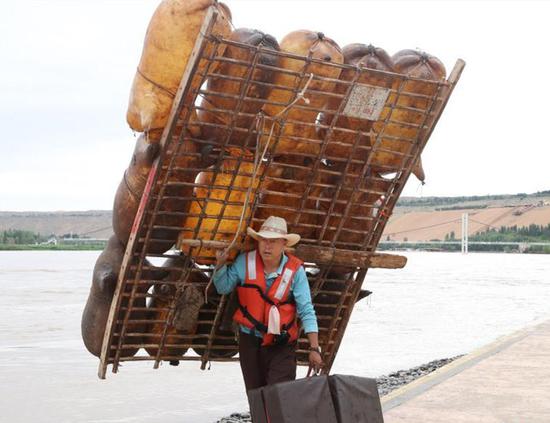

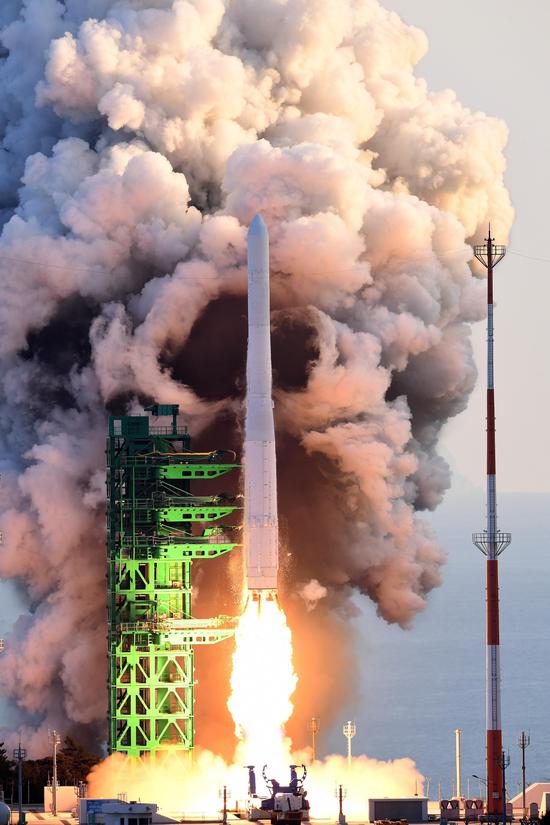
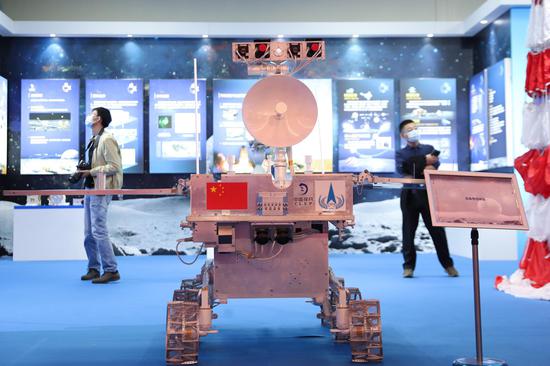

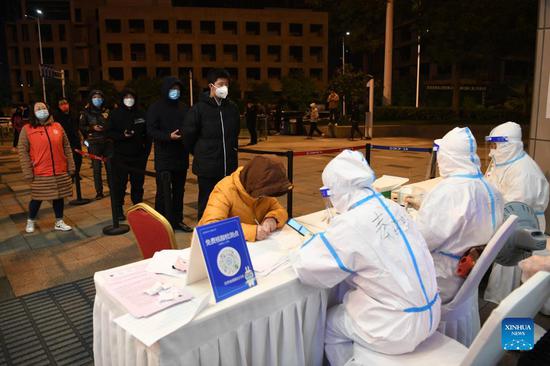
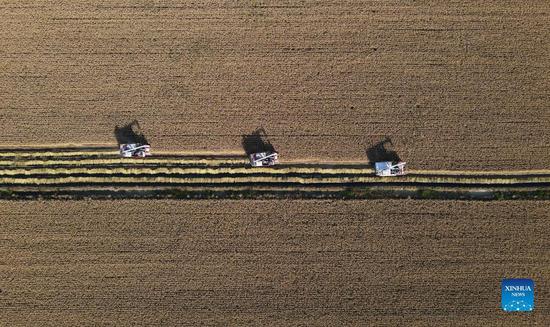




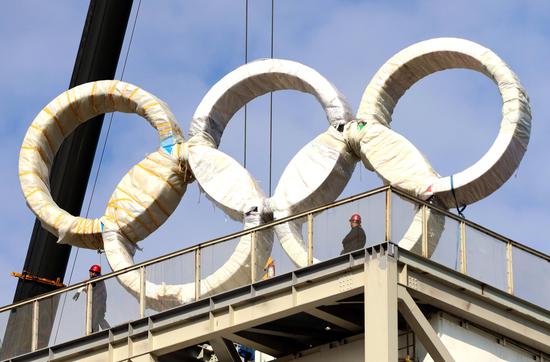
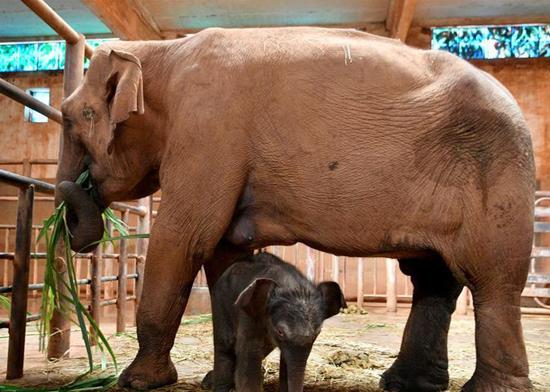

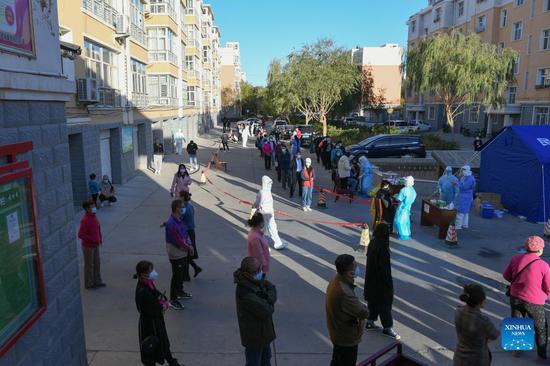
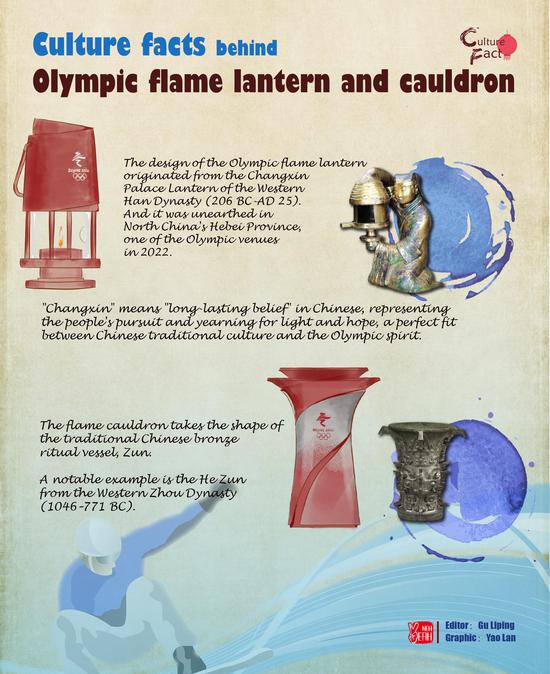



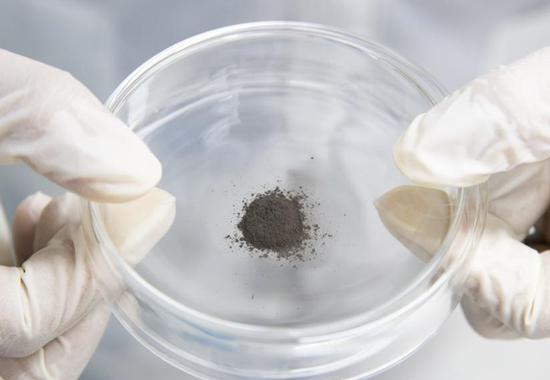
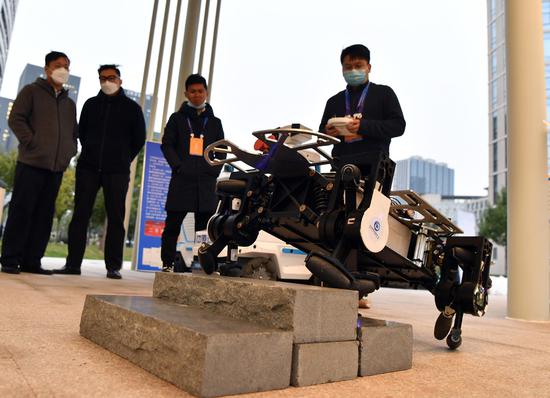



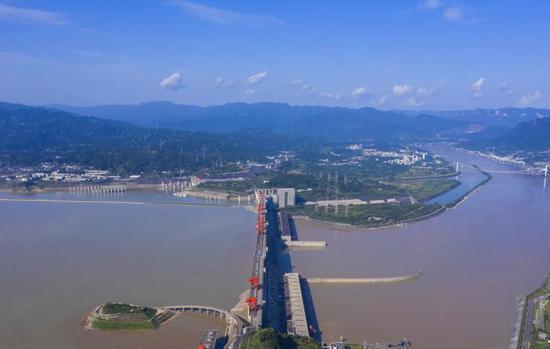


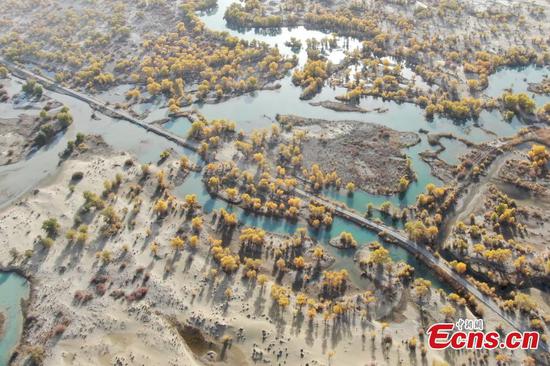
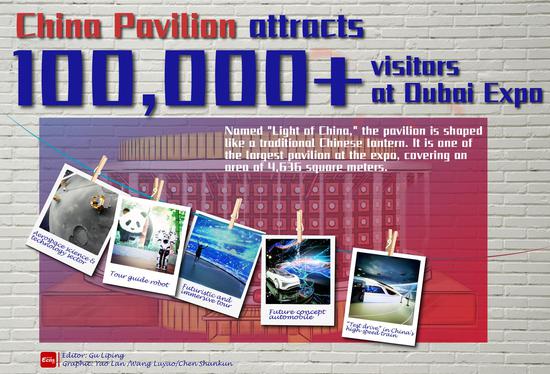





 京公網安備 11010202009201號
京公網安備 11010202009201號